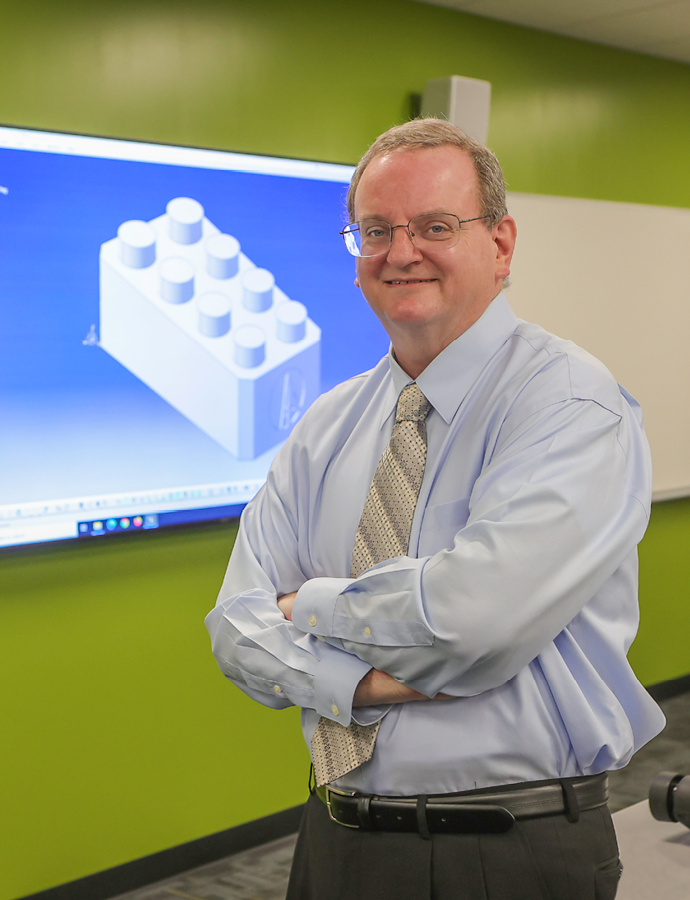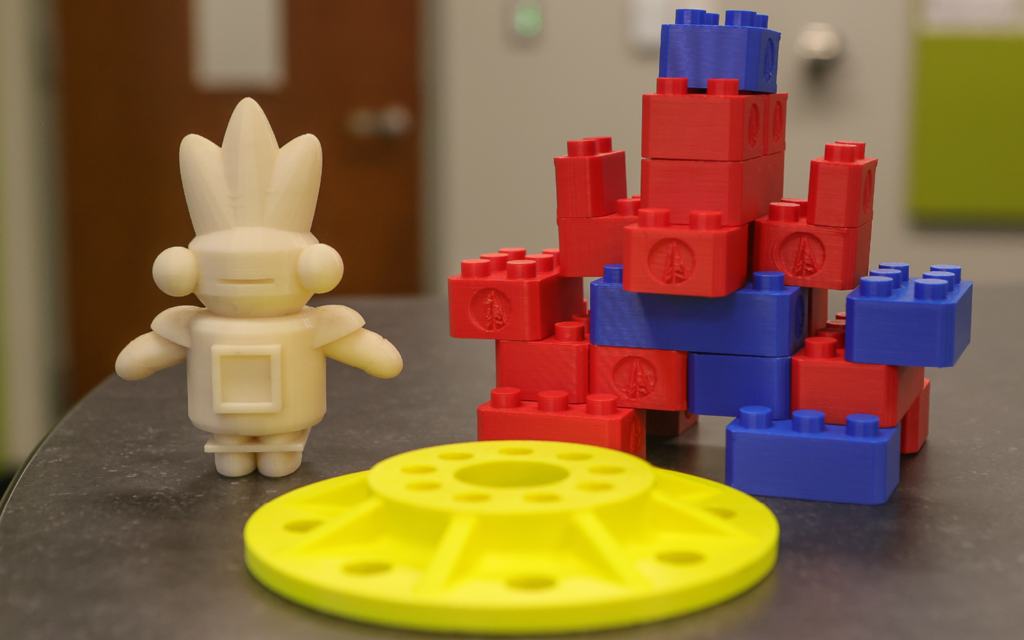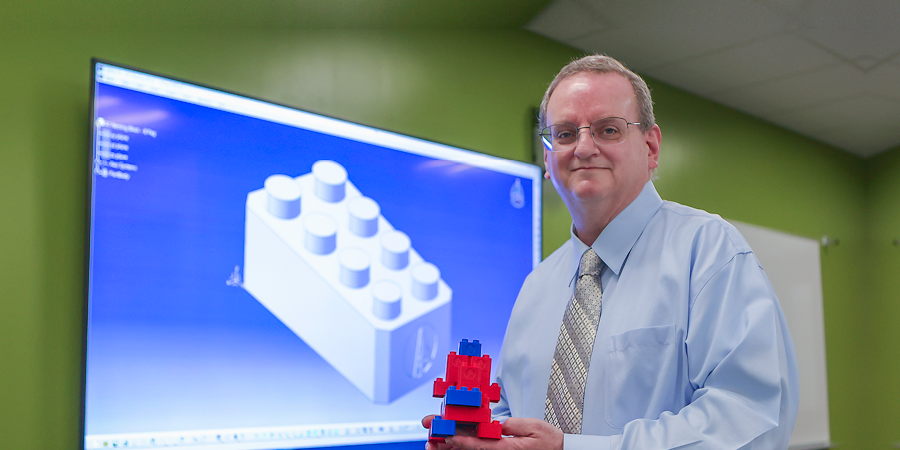He’s a Professor in the Engineering/Computer-Aided Design (CAD) program
Today for “Faculty Spotlight” we’re sitting down with Steven E. Rochon, a Professor in the Engineering/Computer-Aided Design (CAD) program at the Manufacturing & Engineering Center.
Schoolcraft College: Hello, Professor Rochon, and thanks for joining us today. To start out, could you please share a bit about your background and career at Schoolcraft College? What drew you to a career in engineering and Computer-Aided Design (CAD)?
Professor Rochon: I was drawn to a career in engineering and CAD when I first took a drafting class and got hooked. While working, I attended Eastern Michigan University and earned a Bachelor’s degree in Computer Aided Design. I went on to earn a Master in Business Administration to round out my education.
I worked at Schoolcraft College teaching engineering and CAD part-time from 1999-2016 and became a full-time faculty member in 2016.

SC: Some of us are old enough to remember taking mechanical drawing classes in high school and drawing parts using triangles, French curves and so forth on an actual drafting table. How are today’s students learning these types of skills?
Professor Rochon: Yes, the first drafting class I took was using the manual tools on the drafting table. I really enjoyed the skills that entailed. The new CAD technology has replaced the manual systems. The CAD programs are still only as effective as the designer when it comes to solving problems and making correct choices.
SC: One area that you and your colleagues at the Manufacturing & Engineering Center excel at is helping connect students with key leaders in business and industry for potential career opportunities. Please tell us about that.
Professor Rochon: Ford Motor Company speaks with our students about career opportunities as Ford engineers and energy engineers in the Engineering 100 class – Introduction to both CAD and Engineering.
Our students are in high demand with transportation industry companies. We train students with state-of-the-art, industry 3D software that the businesses rely on, including: NX by Siemens, CATIA and SolidWorks by Dassault Systèmes, and 2D AutoCAD software by AutoDesk.
Besides the 3D and 2D software, we also offer GD&T (Geometric Dimensioning and Tolerancing) training, also known as Advanced Tolerance training. With the use of GD&T, component and assemblies are almost guaranteed to be interchangeable. This is a vital part of complex manufacturing because it enhances design accuracy by allowing for appropriate tolerances that maximize production quality. Classes prepare students to take the industry-valued ASME (American Society of Mechanical Engineers) GD&T certification testing.

SC: Engineering and manufacturing are moving so fast these days. What do you see on the horizon? How are we preparing our students for success?
Professor Rochon: CAD and Engineering careers are still driven by analytical thought and creativity. For example, industries are shifting their energy sources, adapting and moving from coal to wind for power. We are seeing the transference of robotics replacing manual labor. We now are using a coordinate measuring machine (CMM) and are measuring and manufacturing directly from the virtual 3D design. The CMM is a device that measures the geometry of physical objects by sensing discrete points on the surface of the object with a probe. Various types of probes are used in CMMs, including mechanical, optical, laser, and white light. The CMM is now used for doing quality verification on production components.
SC: Can CAD and engineering students get a certificate and immediately be employed?
Professor Rochon: Many industries in Michigan, the U.S. and globally look to hire those with certified CAD skills, making this an in-demand career that can you take anywhere. You can work in diverse industries, including aerospace, defense, medical technology, manufacturing and transportation technology.
Our engineering students will need to transfer to a four-year institution and earn advanced degrees to be an engineer. The CAD student may go right to work as a designer/detailer, learning more on the job, with a certificate or an Associate degree. The software we work with at Schoolcraft is industry-driven and gives students access and experience.
I let students know that there is still so much to learn and know. I encourage them to keep on gaining knowledge and credentials. If they are interested in being in management or a team leader, they will need the extra skills and qualifications to realize their goals.

